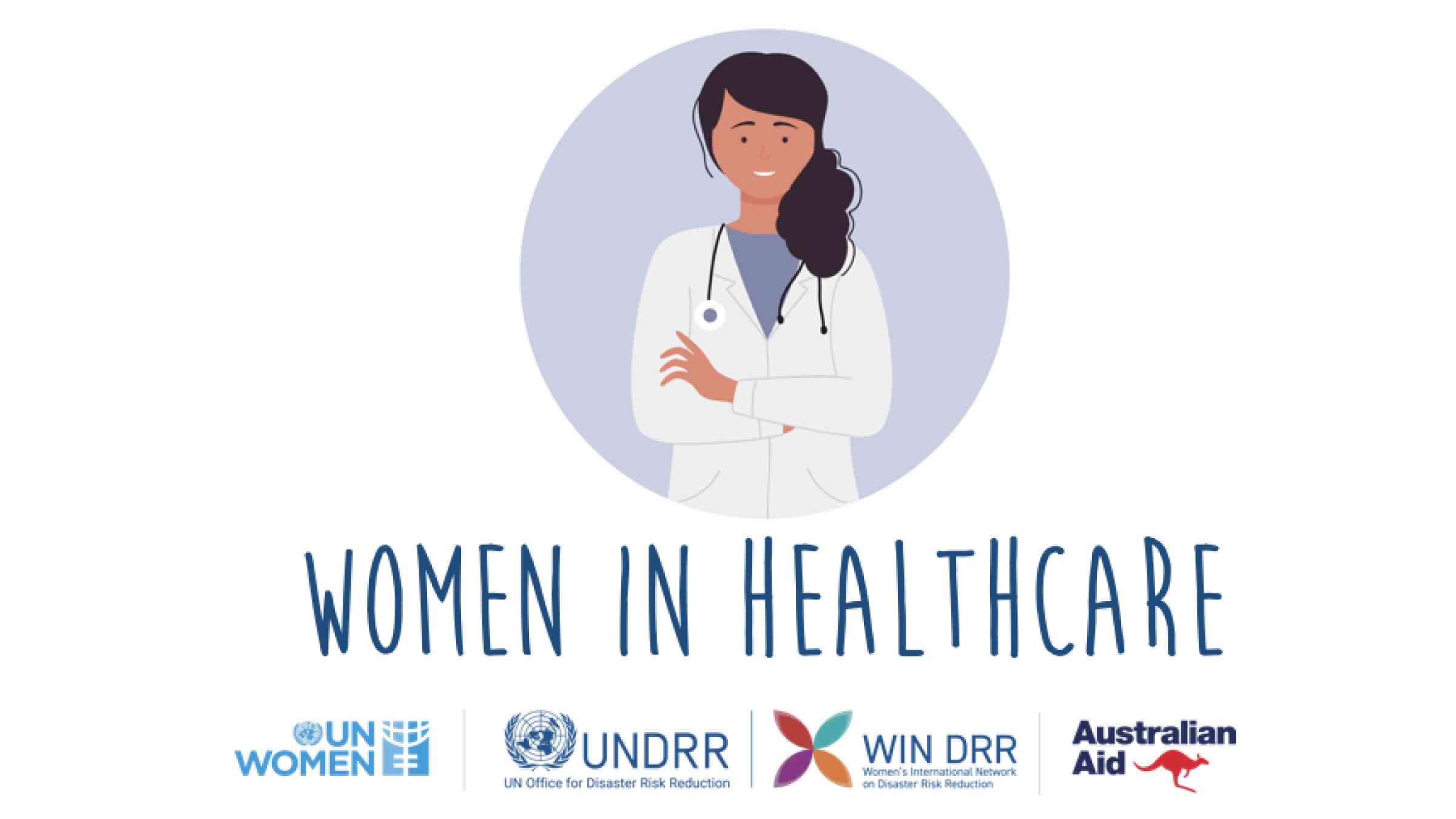Just How to Execute Healthcare RCM for a Smooth Revenue Cycle
Just How to Execute Healthcare RCM for a Smooth Revenue Cycle
Blog Article
Discover How Medical Care RCM Processes Transform Administrative Tasks Into Seamless Procedures
In the ever-evolving landscape of medical care, Earnings Cycle Monitoring (RCM) procedures have actually become a critical force in transforming administrative jobs right into seamless procedures. By using innovative technology and fine-tuned approaches, RCM uses an innovative method to taking care of patient enrollment, invoicing, and declares processing. These developments not just decrease errors and boost effectiveness but additionally increase capital and elevate individual fulfillment. However, what exists beneath the surface area of this transformative change? What detailed systems and methods are utilized to make sure such seamless integration? The solution to these concerns are vital for recognizing the future of healthcare administration.
Recognizing Healthcare RCM
Profits Cycle Management (RCM) in medical care is a crucial procedure that makes certain the economic health of medical establishments by managing the entire lifecycle of person solution revenue. It incorporates different management and scientific features, beginning from the first organizing of a clinical visit to the ultimate collection of payment for solutions rendered. Healthcare RCM. RCM is crucial in taking care of the intricacies of invoicing and reimbursements, ensuring that health care suppliers receive payment for their services effectively and properly
A detailed understanding of RCM entails acknowledging the several parts that make it successful. Trick aspects include person scheduling, insurance coverage confirmation, charge capture, insurance claim entry, and payment posting. Each of these elements requires meticulous attention to detail and durable systems to alleviate mistakes that can cause revenue loss. Furthermore, RCM is not only about economic collections; it additionally intends to improve individual contentment by minimizing payment mistakes and boosting openness.
The effectiveness of RCM rests upon the seamless integration of technology and human resource experience. Using sophisticated software program options allows health care institutions to automate repetitive jobs, thereby lowering administrative worries. In addition, experienced workers are necessary in browsing regulative demands and payer plans, making certain compliance and enhancing profits healing.
Simplifying Individual Enrollment
Simplifying client enrollment is an essential action in enhancing the effectiveness of healthcare revenue cycle management. It includes enhancing the initial communication between patients and doctor to make certain a smooth data collection process. Key elements consist of the precise capture of individual demographics, insurance verification, and approval purchase. By digitizing these processes through integrated electronic health and wellness records (EHR) systems, medical care centers can reduce mistakes, reduce documentation, and quicken individual throughput (Healthcare RCM).
Automated systems aid in confirming insurance qualification in real-time, which not only lowers administrative worries yet additionally improves patient satisfaction by protecting against unexpected billing issues. In addition, pre-registration procedures allow clients to total kinds on-line prior to their go to, lowering wait times and enabling team to concentrate on even more facility tasks. This proactive technique guarantees that all essential information is accumulated and confirmed prior to care is provided, thus protecting against hold-ups in subsequent billing and declares processes.
Educating staff to make use of these systems efficiently is essential. It makes certain that information entry is regular and exact, fostering a seamless shift from individual registration to other revenue cycle processes. Ultimately, improving patient enrollment lays the structure for a much more reliable, patient-centered health care distribution version.
Effective Billing Solutions
Effective billing options are essential to enhancing medical care income cycle monitoring. They offer as the foundation for making certain timely and accurate economic deals in between individuals, health care suppliers, and insurance policy firms.
Furthermore, effective payment options empower medical care providers to use transparent prices and invoicing info to patients, promoting additional info trust fund and enhancing client contentment. Real-time invoicing systems enable healthcare team to provide prompt comments on person qualification and out-of-pocket prices, boosting the overall person experience. These remedies also permit smooth assimilation with electronic health and wellness records (EHR), making certain that invoicing and professional information are in sync, minimizing administrative problems on doctor.
Including reliable billing options right into the revenue cycle management more structure not just maximizes operational effectiveness however also reinforces financial performance. By minimizing mistakes, speeding up repayment cycles, and enhancing client communication, medical care organizations can concentrate a lot more on delivering top quality care while keeping economic sustainability.
Optimizing Claims Processing

In the realm of health care revenue cycle administration, enhancing cases processing is important for maintaining monetary health and operational performance. A structured cases process lessens the time between solution distribution and repayment, consequently enhancing capital and decreasing the probability of errors. Efficient claims refining starts with precise documents and coding, which are vital to ensure that claims are submitted without discrepancies that might lead to rejections or hold-ups.
Leveraging innovative technology, such as automated insurance claims administration systems, can considerably enhance the efficiency of this process. These systems are designed to automate repeated jobs, track claims with each stage, and flag potential issues early. This not only lowers the administrative worry on staff yet additionally raises the precision of entries by lessening human mistake.

Enhancing Revenue Collection

Additionally, rejection administration plays a crucial function in making best use of earnings collection. Identifying patterns he has a good point in insurance claim denials, understanding source, and implementing restorative actions can substantially lower recurring concerns, thereby improving capital. Carriers should purchase robust analytics tools that promote comprehensive reporting and analysis, enabling them to fix and deal with rejection trends promptly.
Prompt follow-up on impressive cases is an additional vital facet of earnings collection. Developing a systematic strategy to monitor and seek aged accounts makes sure that no income is left unclaimed. Employing devoted personnel or automated systems to track these cases can improve effectiveness and ensure consistent money inflows.
Verdict
Healthcare Income Cycle Monitoring (RCM) processes substantially improve management efficiency by incorporating innovative technology and human expertise (Healthcare RCM). The automation of individual registration, payment, and declares handling accelerates and decreases mistakes cash money circulation, inevitably enhancing patient fulfillment through real-time insurance policy verification and clear payment. By making certain seamless operational flow, RCM allows health care companies to prioritize high quality treatment while making the most of revenue recovery and keeping monetary stability, therefore transforming administrative tasks into reliable, streamlined procedures
Profits Cycle Management (RCM) in healthcare is an essential process that ensures the economic health of clinical establishments by managing the entire lifecycle of individual service profits.Simplifying patient enrollment is an essential step in boosting the effectiveness of health care revenue cycle monitoring. It entails maximizing the initial communication between people and medical care carriers to make sure a smooth information collection procedure.Moreover, reliable payment remedies empower healthcare service providers to use transparent rates and billing info to clients, cultivating depend on and boosting patient satisfaction. Real-time invoicing systems enable medical care team to offer prompt responses on patient qualification and out-of-pocket expenses, enhancing the total patient experience.
Report this page